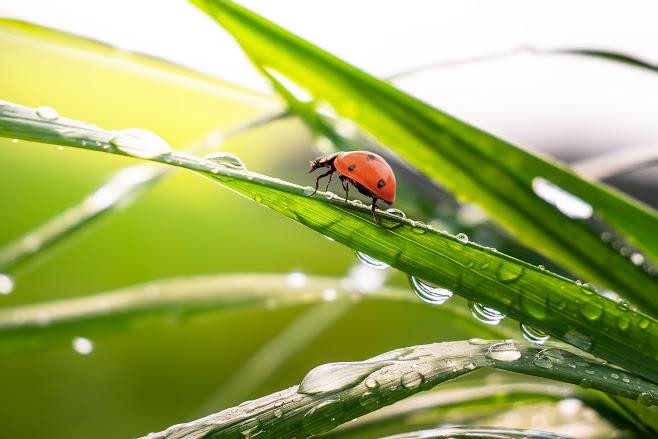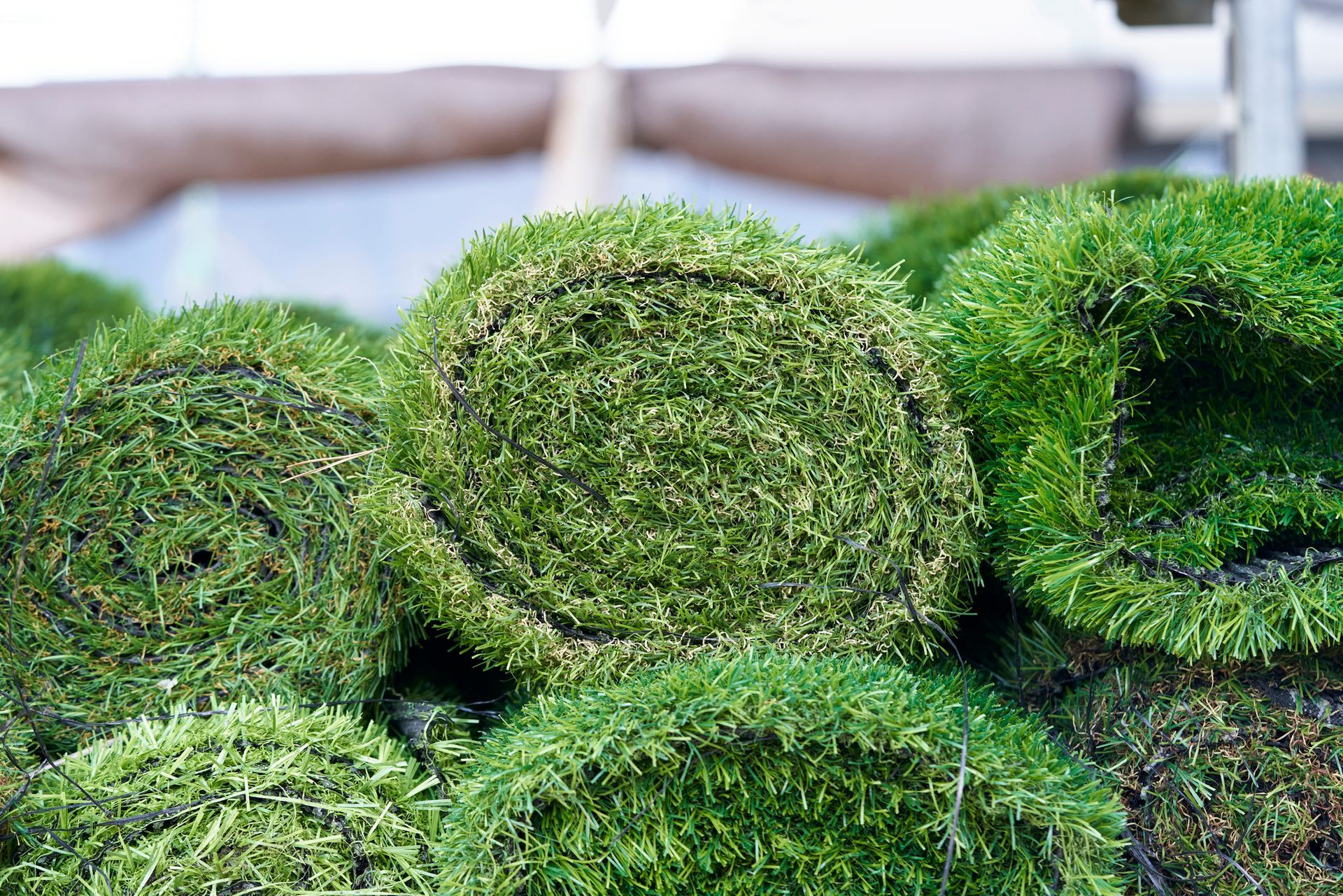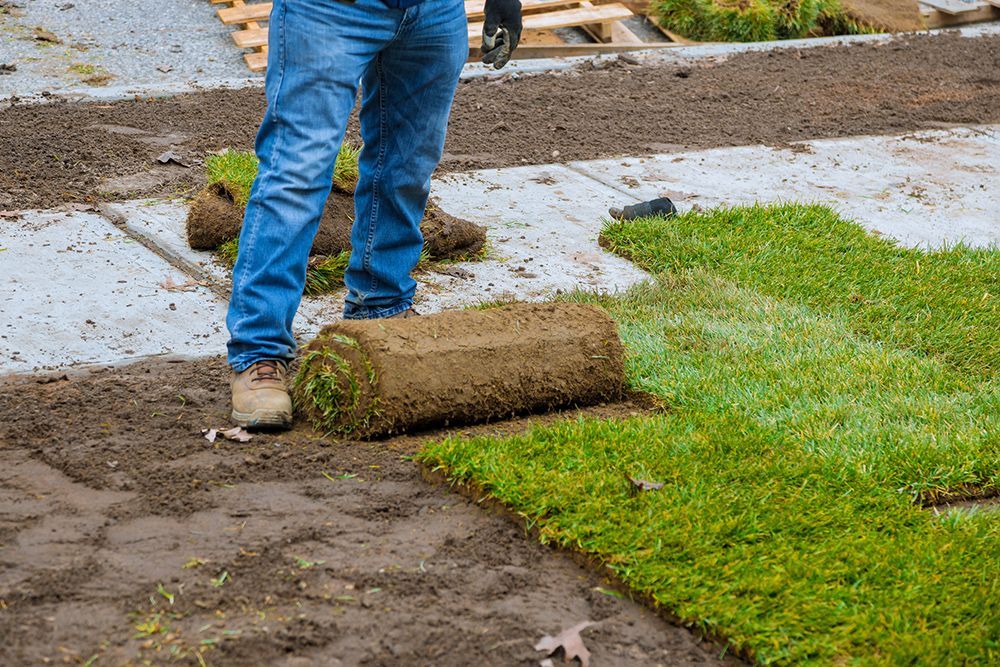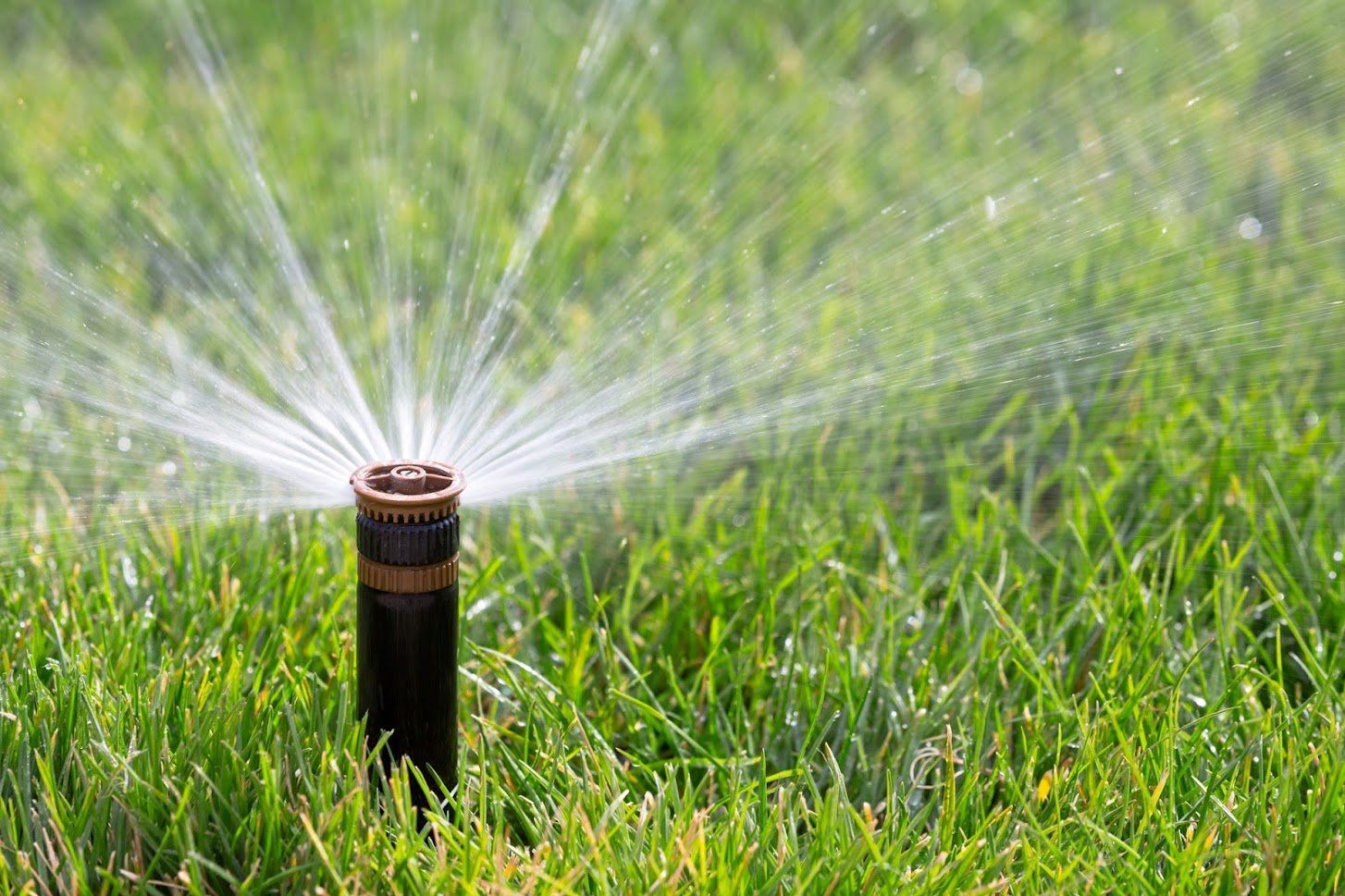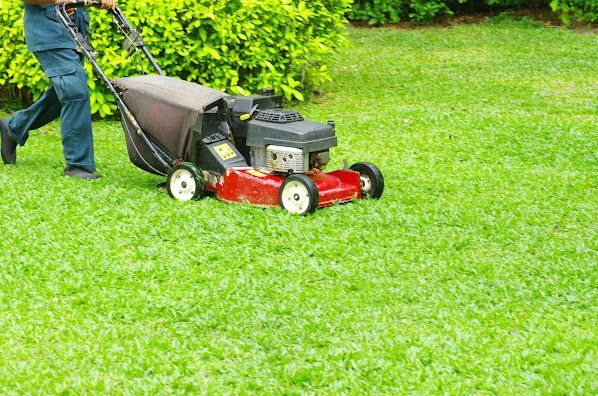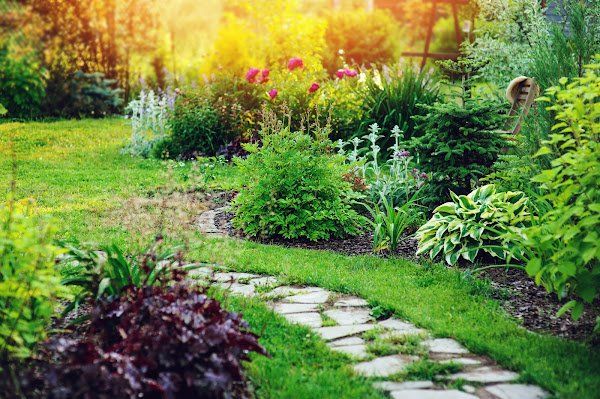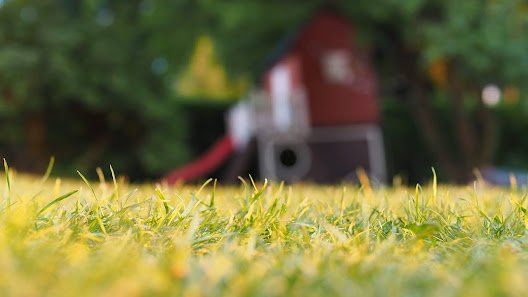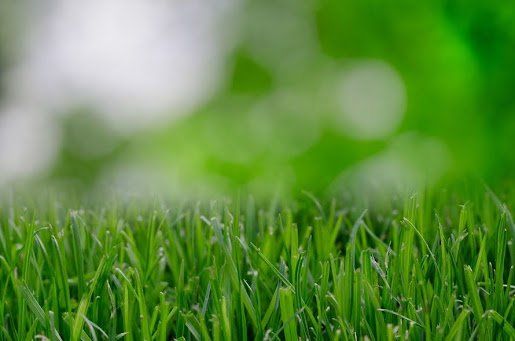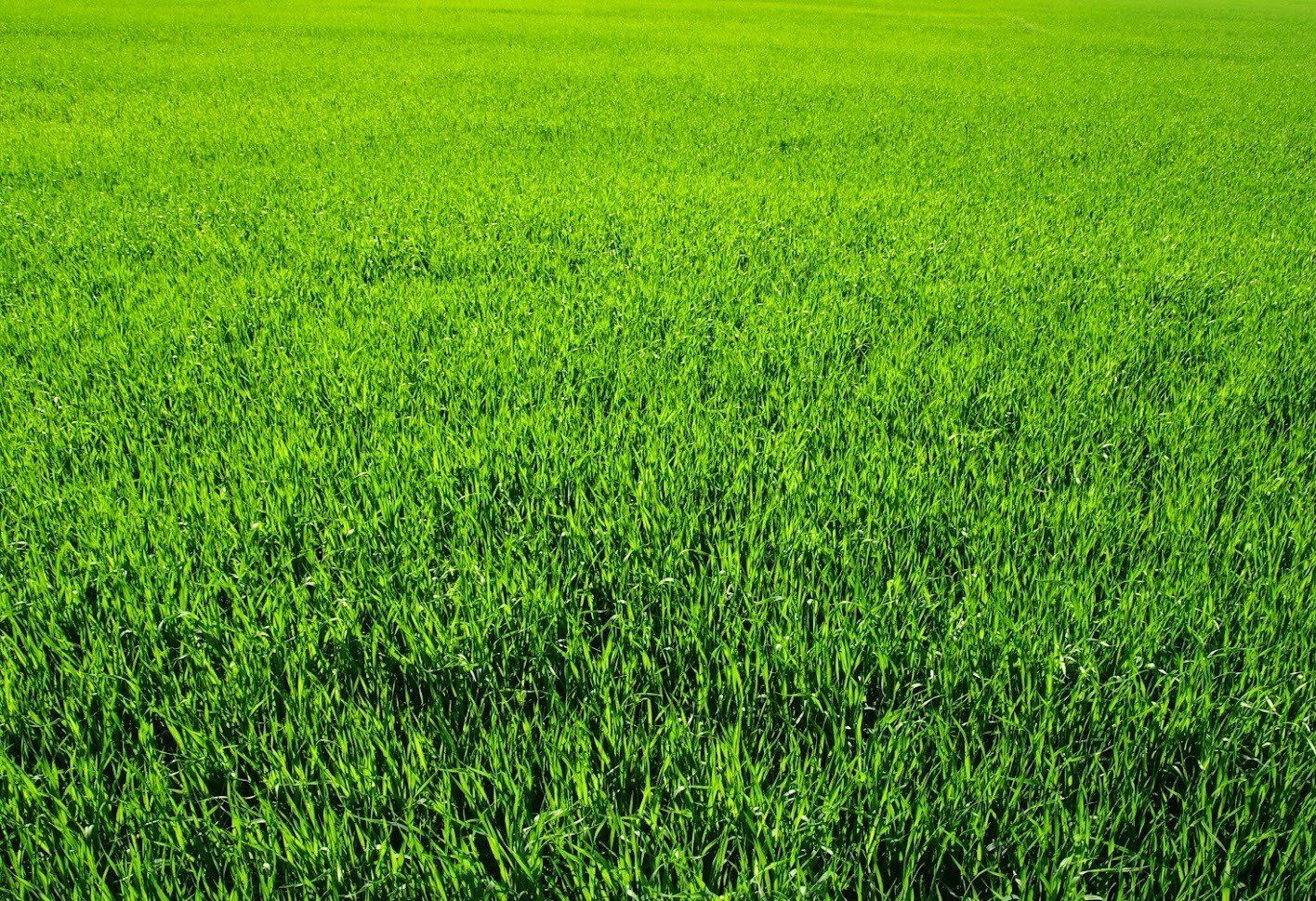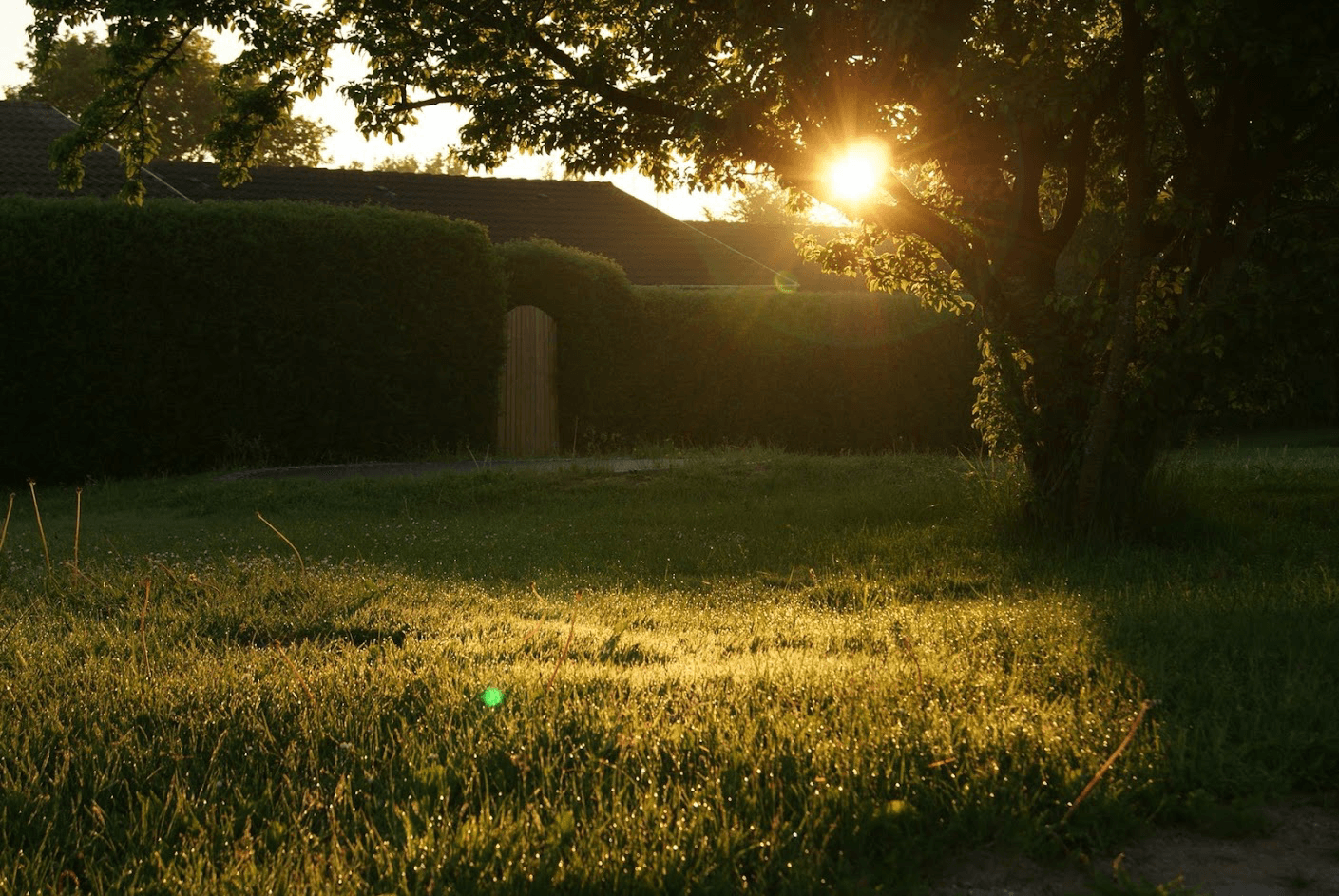Detrimental and Beneficial Insects for Your Sod Lawn
Many homeowners pick up the phone to call their lawn experts as soon as they see insects hovering over or crawling in the grass of their new sod lawn. Such vigilance is well-warranted. If pests such as aphids or caterpillars take over your lawn, they can cause damage. However, not all insects are pests.
In fact, many of the detrimental insects have natural predators that eat them — and these insects are beneficial for your yard. Find out about both types and what they can do to your newly sodded lawn and surrounding landscaping.
Detrimental Insects
Typically, detrimental insects are those that thrive on the grass that makes up your sodded lawn or the surrounding plants. Left unchecked, they can destroy your landscaping.
Aphids
Aphids are tiny, clear-green insects that latch onto the stalk of plants, including sod grass. They don’t only suck plant stalks dry to get the juice they need to survive; they secrete a sweet liquid called honeydew. The liquid attracts ants and causes black, sooty mold. They reproduce quickly.
Thrips
Thrips are similar to aphids, though they're more likely to attack your border garden plants than the lawn itself. Like aphids, these pests attach themselves to the plants and suck out their juices. They also scrape at fruits, flowers, and leaves. Their damage results in twisted, damaged plants.
Spider Mites
Spider mites are even tinier than aphids or thrips. These pests suck the juices out of plants, which causes the plants to wither and turn yellow. If left uncontrolled, they can spread prolifically and cause devastation to your yard and garden.
Lawn Caterpillars
Lawn caterpillars can devastate a lawn. These species include sod webworm, fall armyworm, and striped grass looper. Sod webworms are little purple caterpillars that hide during the day. Fall armyworms look like army camouflage. They are active at dawn and dusk. The striped grass looper is long and brightly colored. They're all voracious grass eaters, so they can scalp your lawn quickly.
Grubs
Lawn grubs are scarab beetle larvae. They're the miniature of beetles such as Japanese beetles and European chafers. They eat grass roots, which naturally causes the stalks to die. They can kill off whole sections of a lawn if the infestation is dense enough.
Beneficial Insects
Beneficial insects are the heroes who swoop in and eat the above insects. Indeed, if you have a newly sodded lawn, you might consider introducing some of the below insects.
Lady Beetles, or Ladybugs
Lady beetles are voracious eaters, and that appetite can serve your new sod lawn well. Ladybug larvae eat soft-bodied lawn pests such as aphids. Ladybugs also eat thrips and spider mites. Adult ladybirds additionally need nectar to thrive. That fact makes them a pollinator, which is always beneficial for a landscaped yard.
Ground Beetles
Ground beetles are a species of predatory beetles. They're shiny and range in color from bronze to green. Like lady beetles, ground beetle larvae and adults feed on soft-bodied lawn pests. The adults employ a seek-and-destroy strategy to kill their prey, which includes caterpillars. Ground beetles also feed on slugs and snails.
Rove Beetles
Rove beetles are another species of predatory beetle. They commonly live in turfgrass, such as a sod lawn. They're longer than ground beetles and feature a different wing structure. Rove beetles are a major predator for lawn mites. The beetles also feed on insects that feed on plant roots, so their presence keeps your sod healthy.
Hoverflies
Hoverflies look like large bees. Their larvae, called maggots, thrive on aphids. Indeed, a single maggot can eat as many as 400 aphids before reaching maturation. What's more, the adult insects continue to eat aphids and other small lawn pests.
Enjoy your new sod lawn with the above beneficial insects at work keeping it safe. If you need turf for your yard, contact Novasack Turf Farms .

